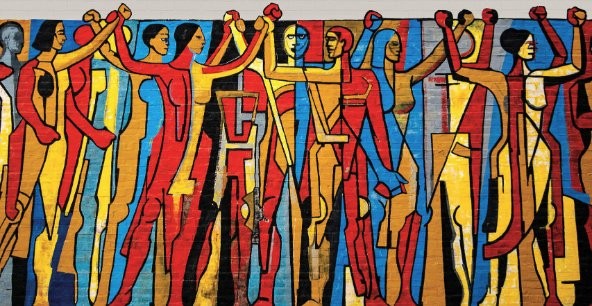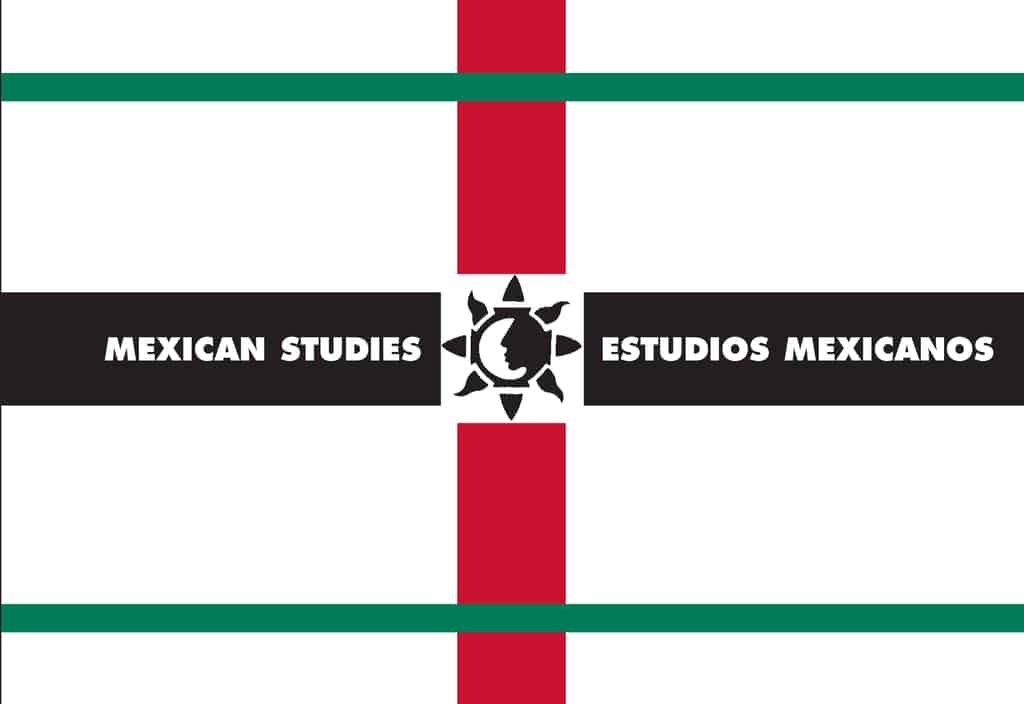7 Results

We already have the tools to better address human trafficking
Aug 22 2024
July 30th is the UN-recognized World Day Against Trafficking in Persons, while January 11th is the US-recognized National Human Trafficking Awareness Day. While these days are crucial for shining a spotlight on the problem, the conversation often stops short of deeper insights and solutions. Criminological theories can offer us the foundation and tools to do just that.

Scaling Migrant Worker Rights: How Advocates Collaborate and Contest State Power
Jul 17 2023
By Xochitl Bada and Shannon Gleeson Low-wage labor in the United States is characterized by egregiously low minimum wage standards, insufficient health and safety protections, and a civil rights regime that does little to address structural racism.

Mexican Studies/Estudios Mexicanos Publishes Special Issue on “Mesoamerican Indigenous Mobilities in Mexico and the United States”
Jun 24 2023
by Lynn Stephen and Laura Velasco-Ortiz, guest editors of the special issueIn a special issue of Mexican Studies/Estudios Mexicanos, called "Mesoamerican Indigenous Mobilities in Mexico and the United States," we look at how Indigenous people from Mesoamerica move in modern times. We study h

The role of “real but fake” passports in Asian migration and labor precarity
Mar 08 2023
By Nicole Constable, author of Passport Entanglements: Protection, Care, and Precarious MigrationsSince the 1990s, I have done field research in Hong Kong among Filipino and Indonesian migrant workers and activists, most of whom worked as domestic workers caring for children, the elderly, and th

Border Activist and Critic Michael Dear’s Top 15 Border Films
Feb 08 2023
By Michael Dear, author of Border Witness: Reimagining the US-Mexico Borderlands through FilmOver the past two decades, there has been an explosion of film releases about the US-Mexico borderlands. Not surprisingly, many have addressed issues of drug trafficking and cartels as well as immigr

DCQR Wins National Communication Association 2019 Ethnography Division Best Journal Special Issue Award
Nov 14 2019
UC Press is pleased to announce that Departures in Critical Qualitative Research's editor Devika Chawla's inaugural double special issue, Migrations/Borders and Margins, has been selected as the winner of the National Communication Association's 2019 Ethnography Division Best Special Journal Issue A

Backlash or Alternative Globalization?: How Mexican Hometowns React to Migration
Aug 11 2019
This guest post is part of our ASA blog series published in conjunction with the meeting of the American Sociological Association in New York City, NY, August 10-13. #ASA19By Abigail Leslie Andrews, author of Undocumented Politics: Place, Gender, and the Pathways of Mexican MigrantsFor p